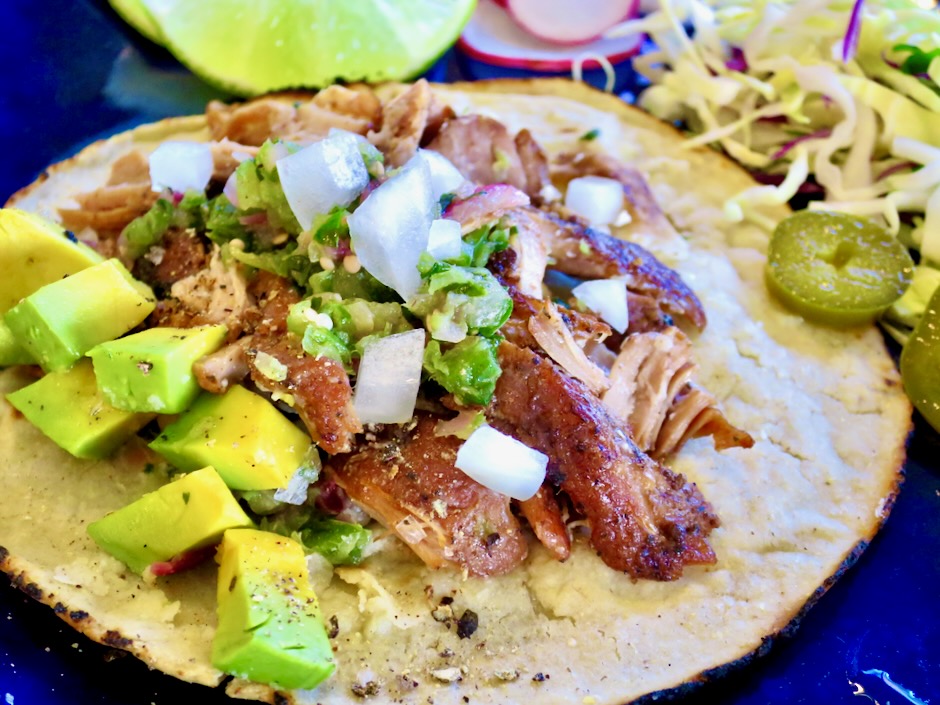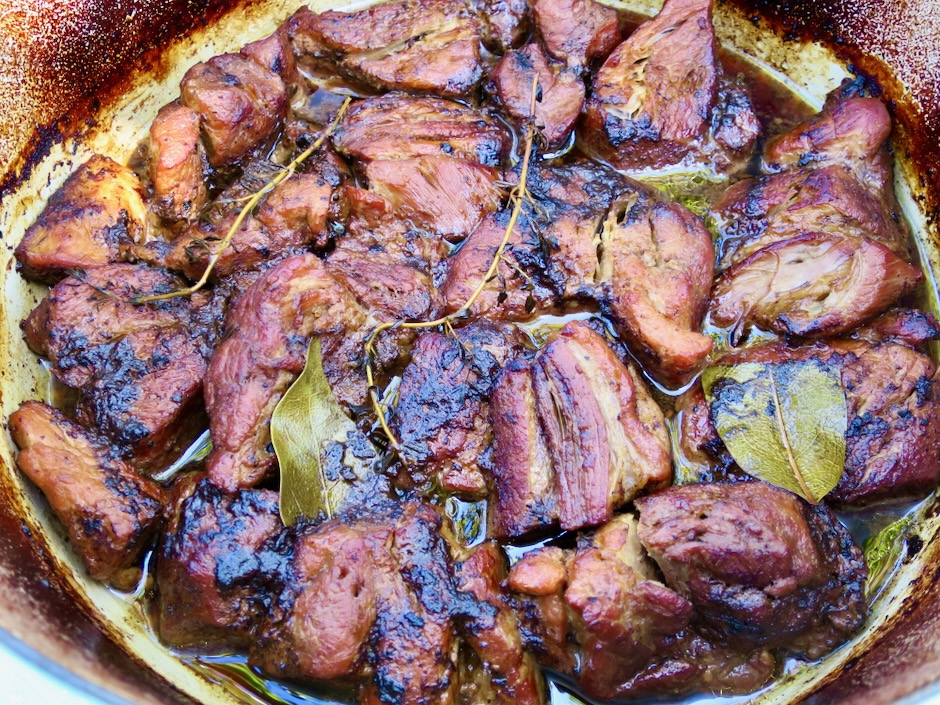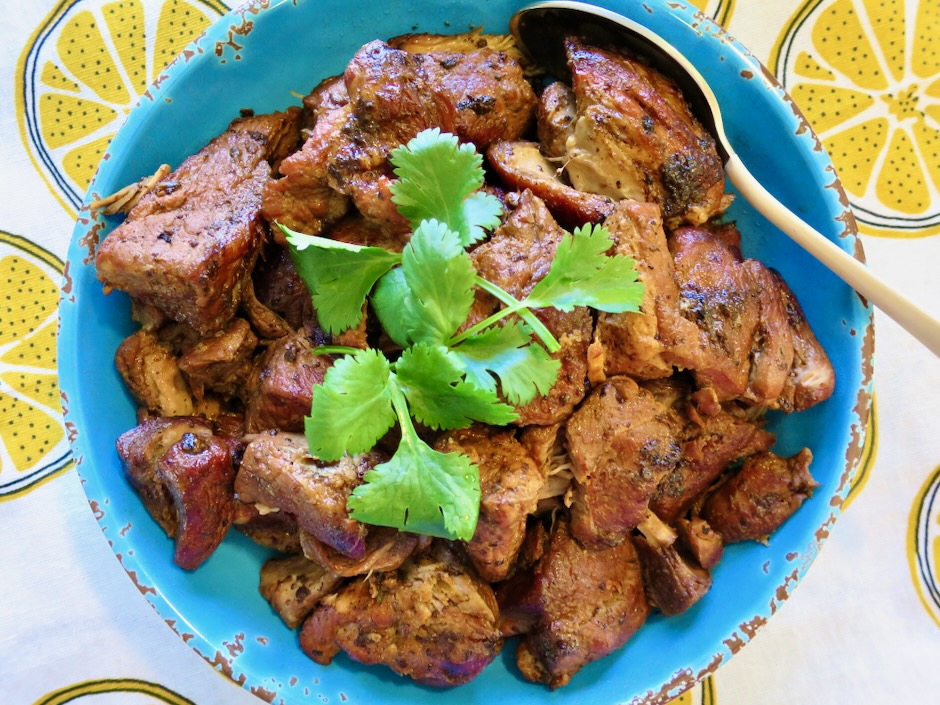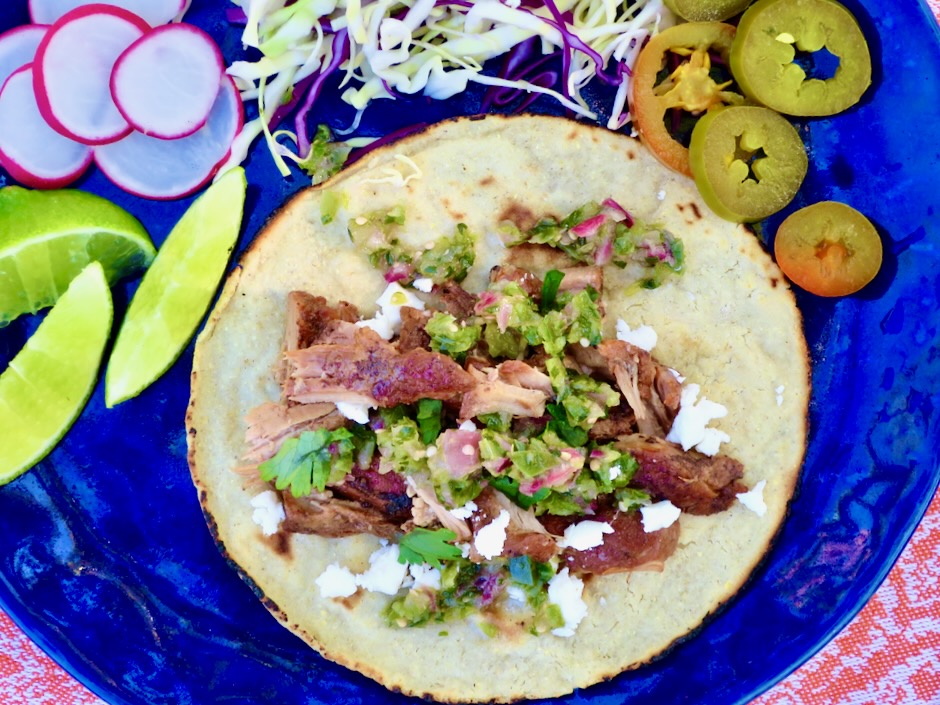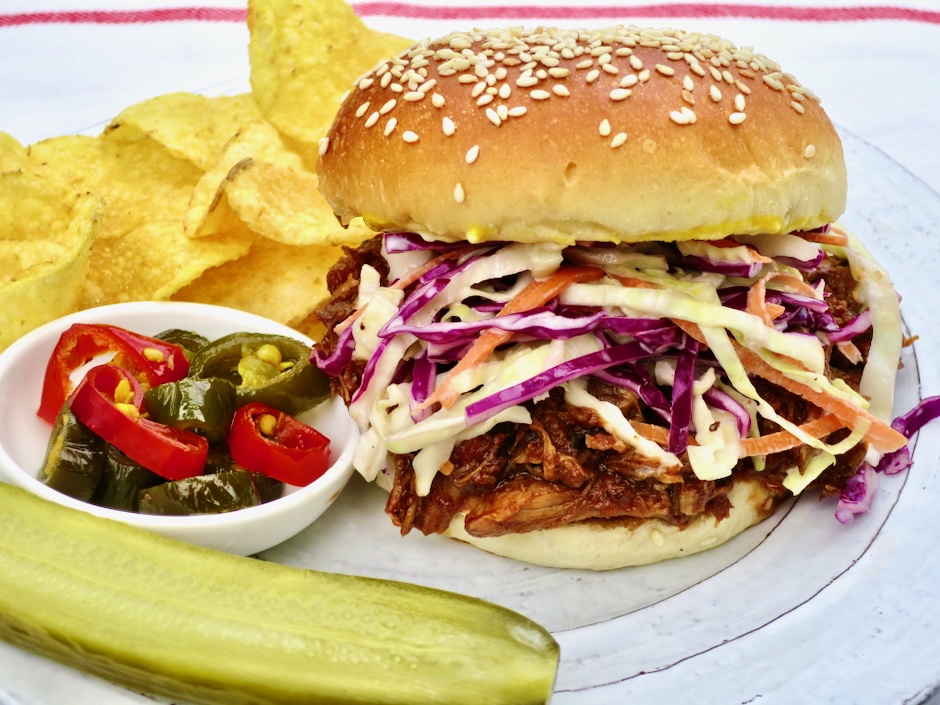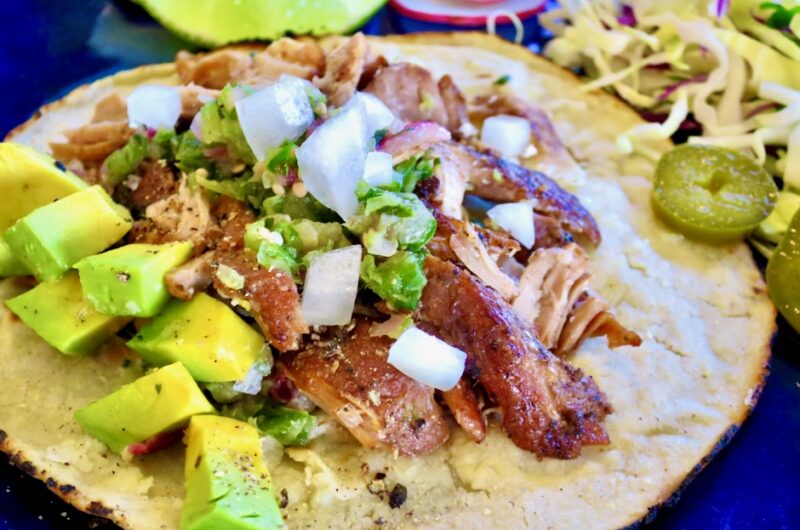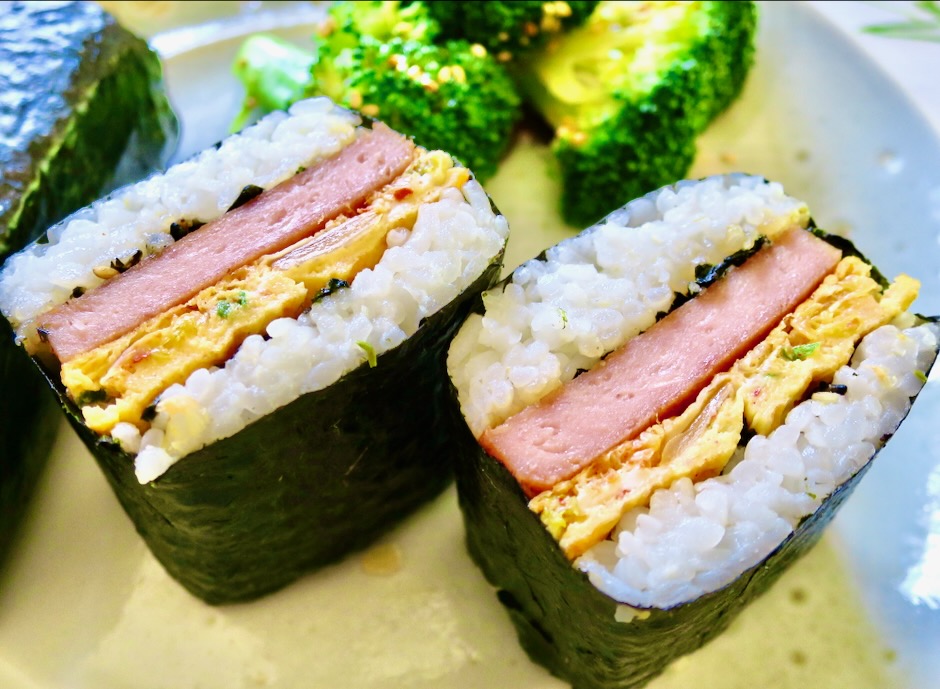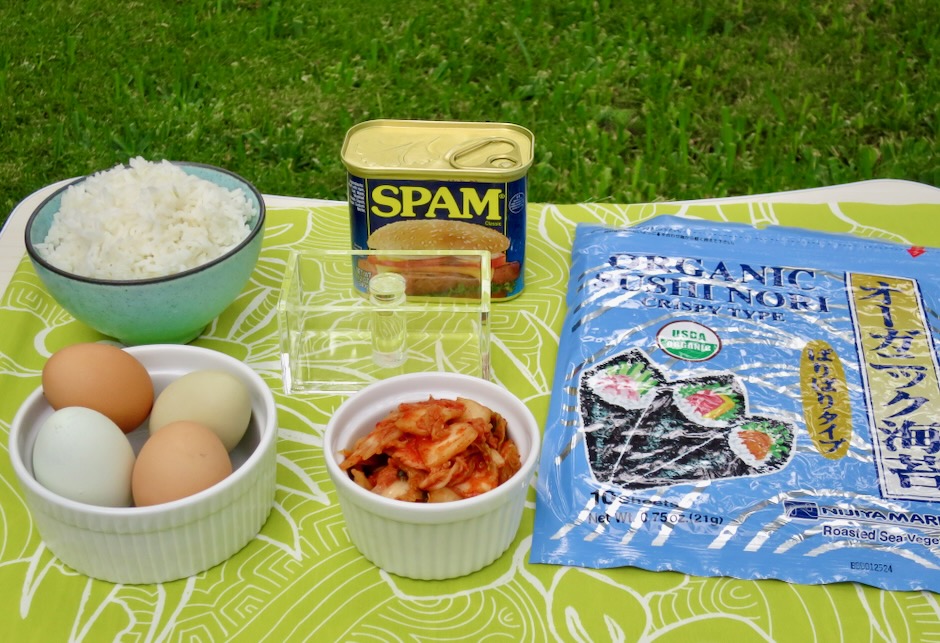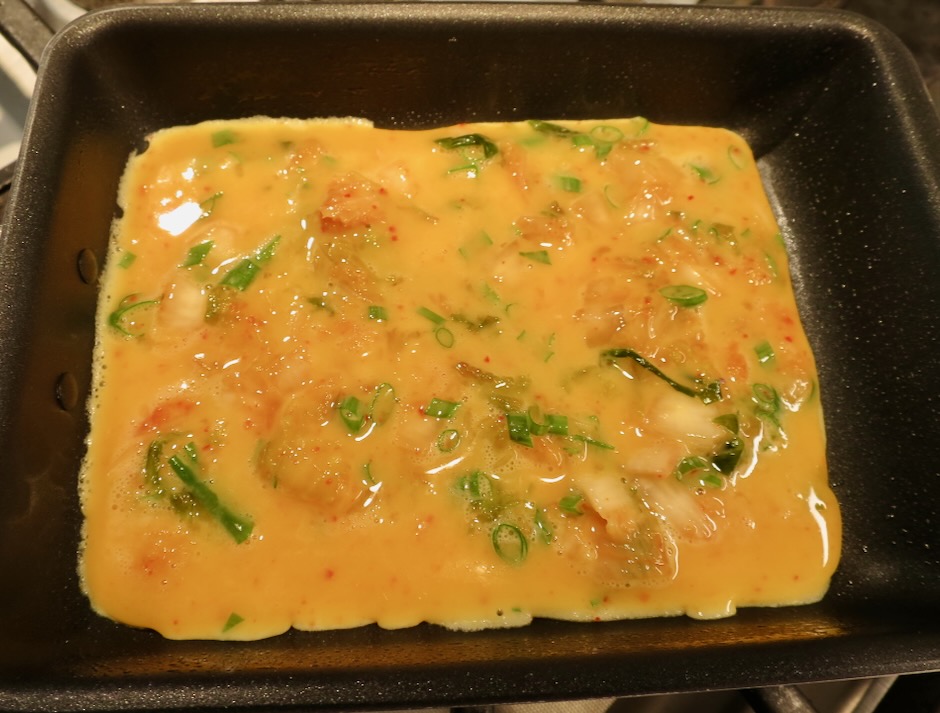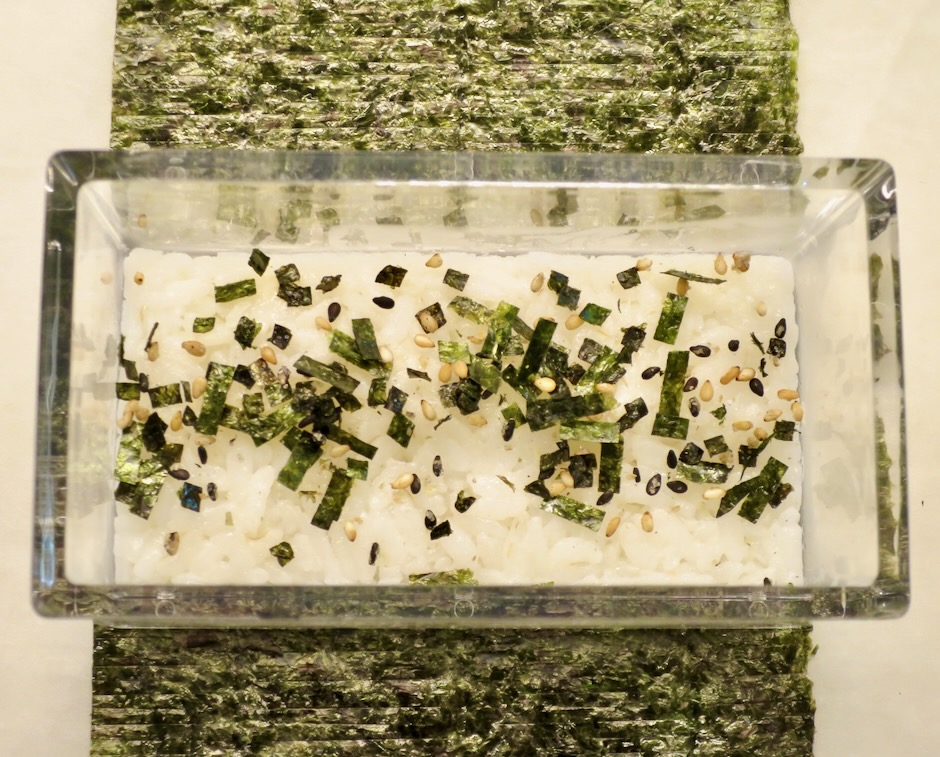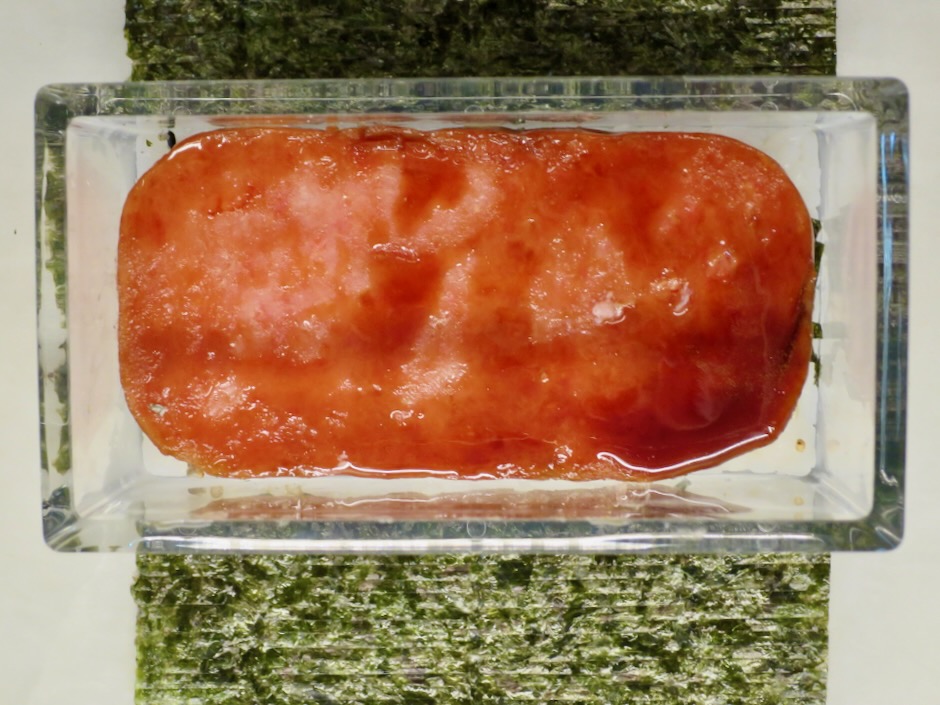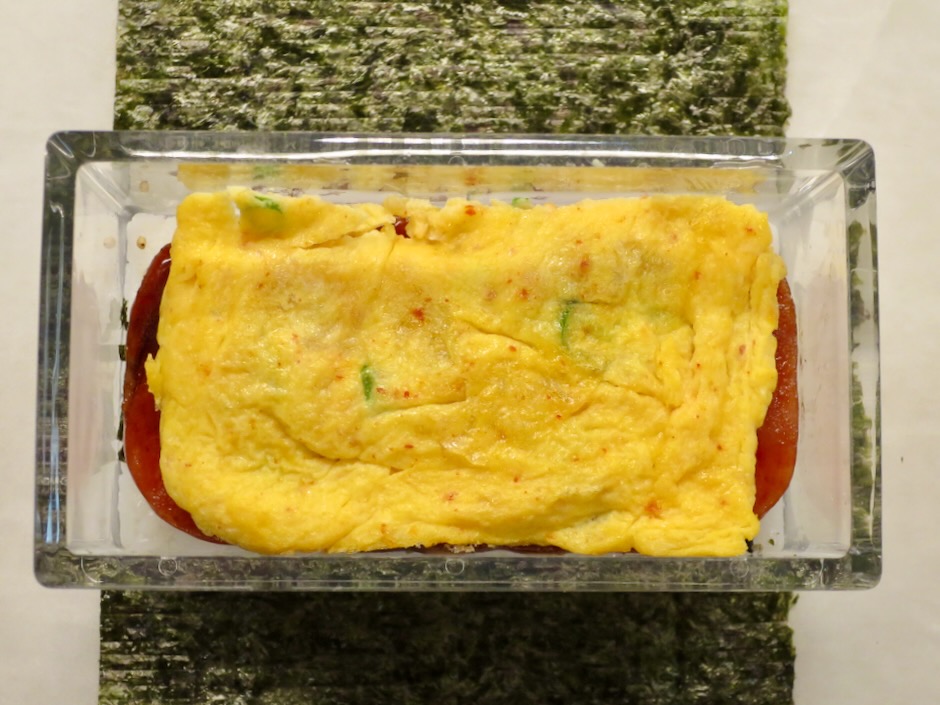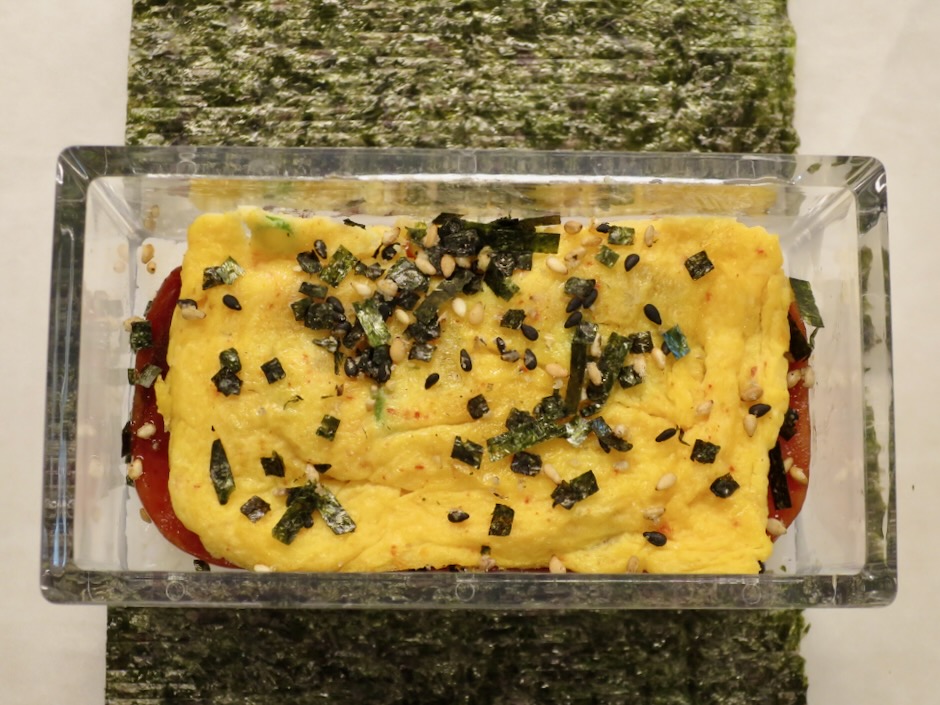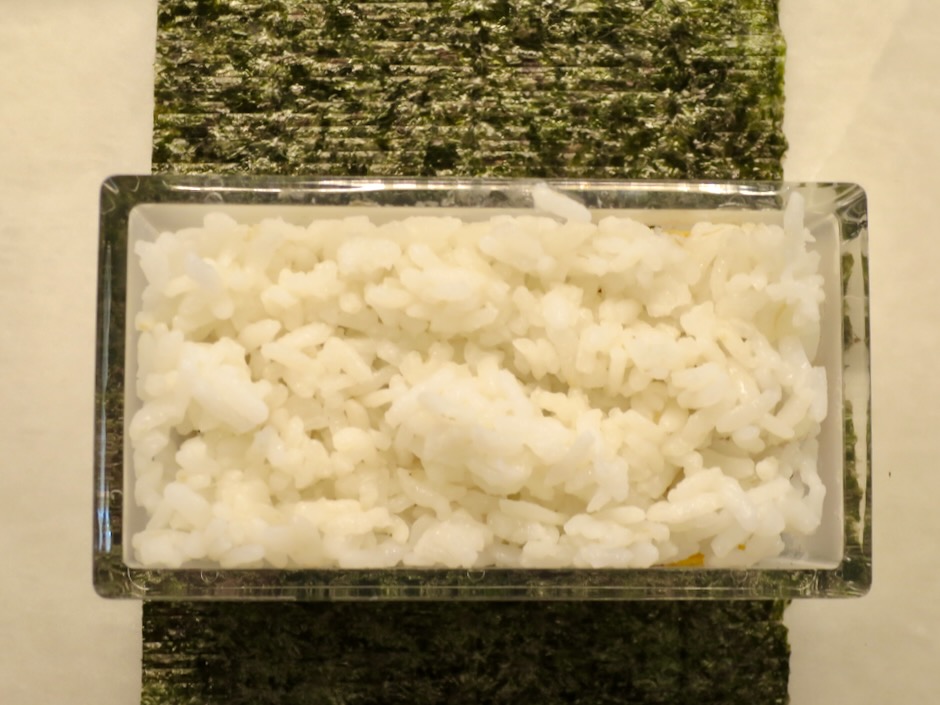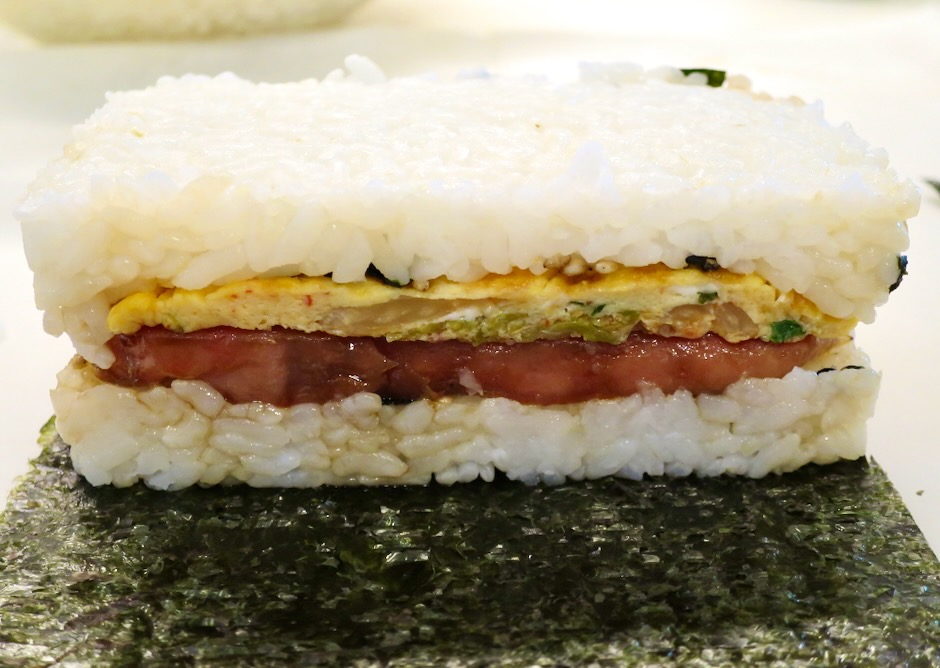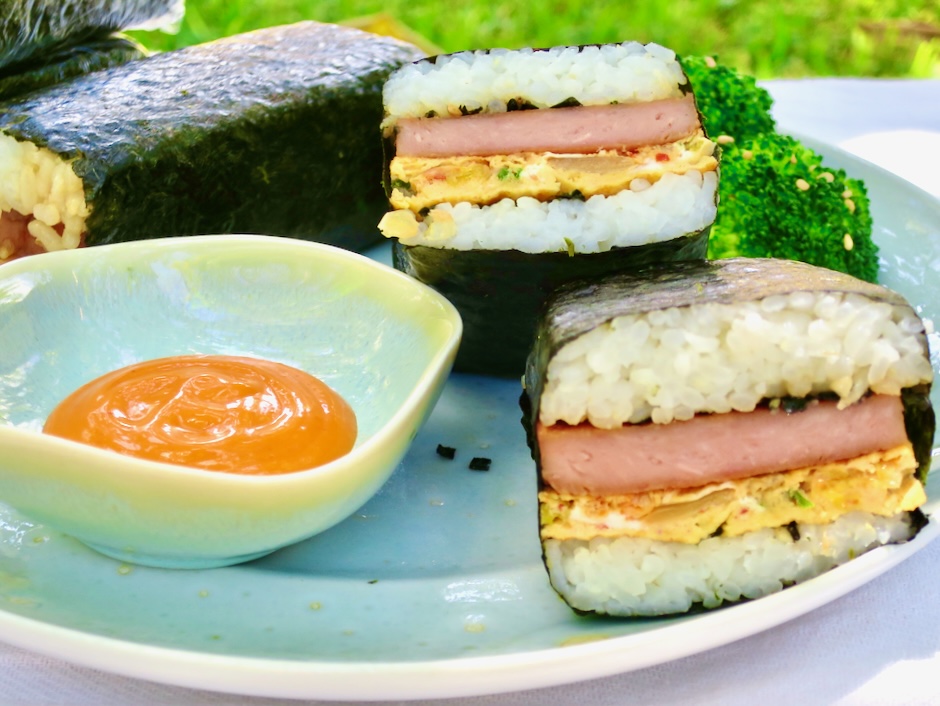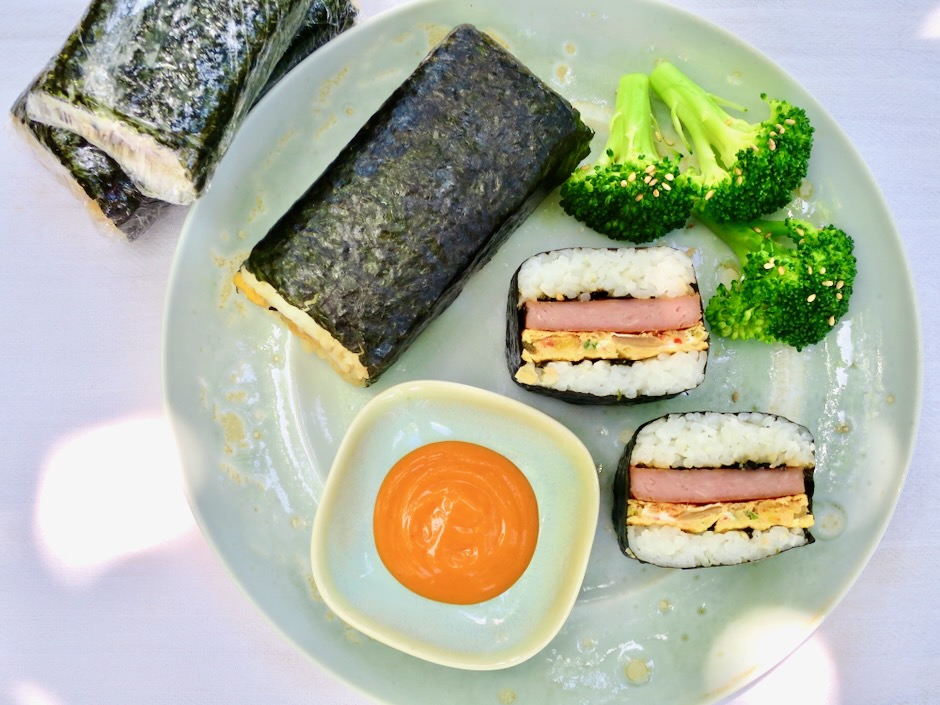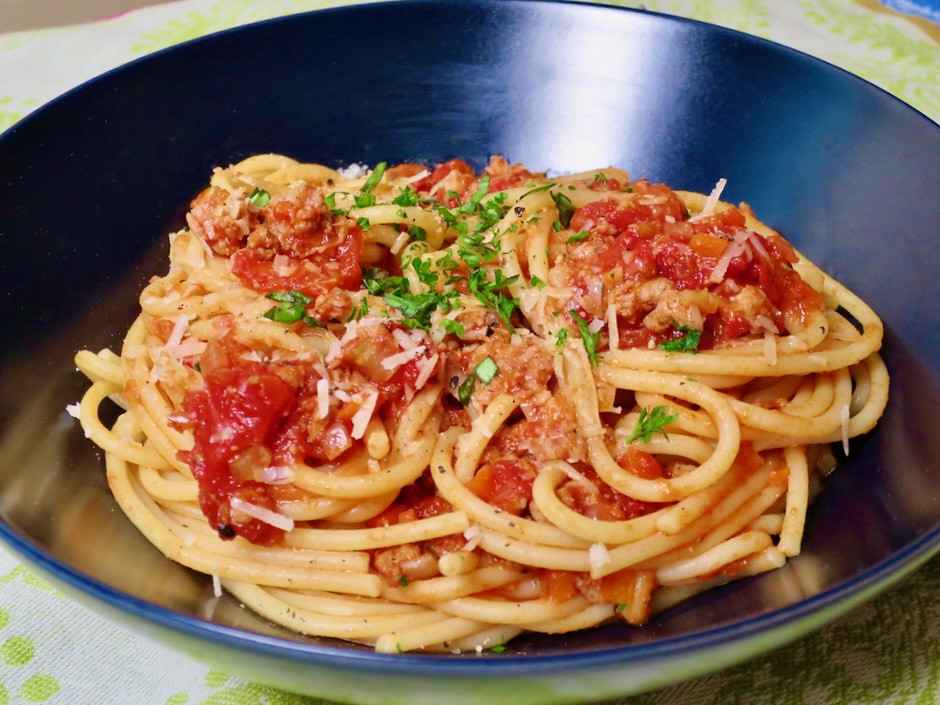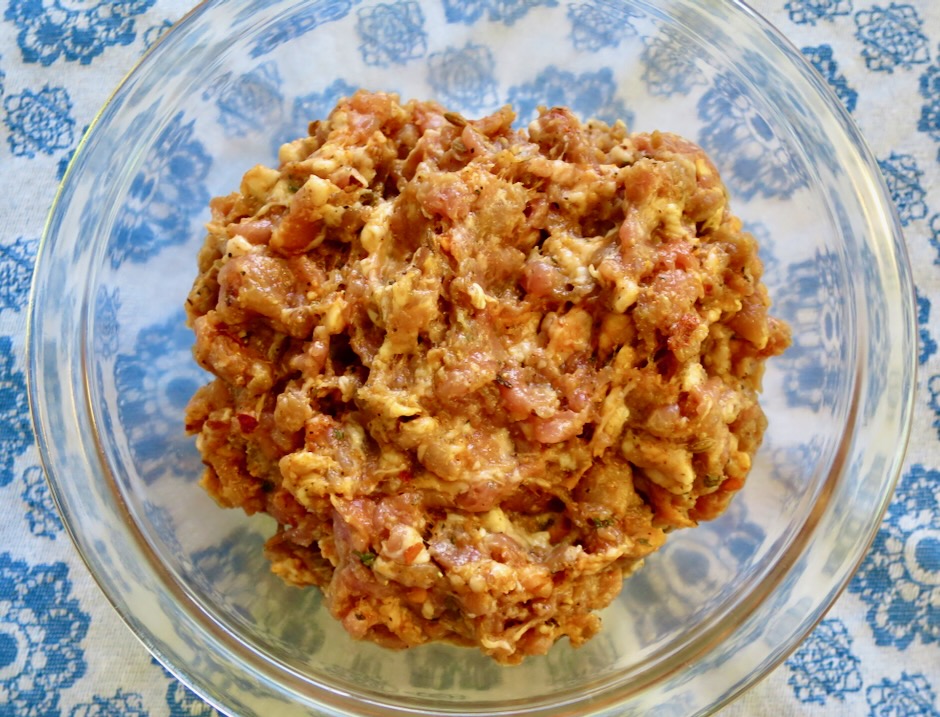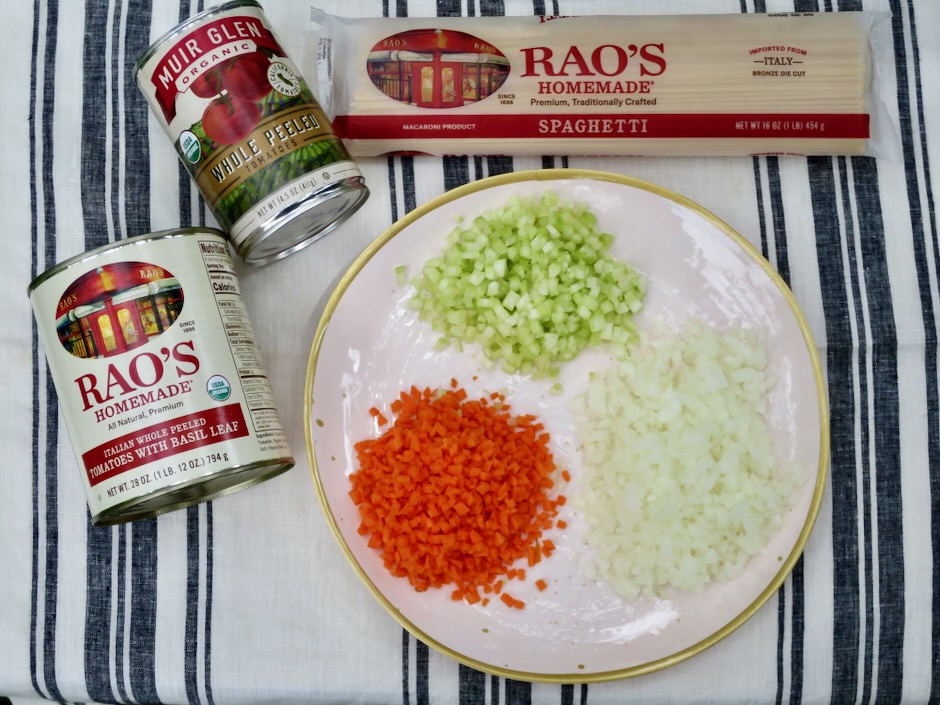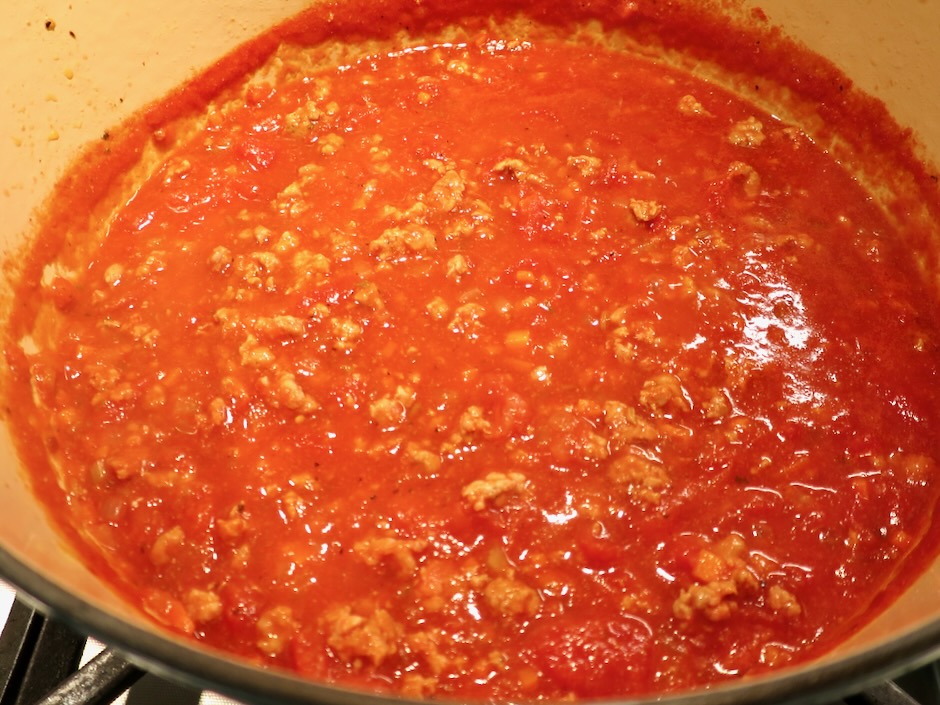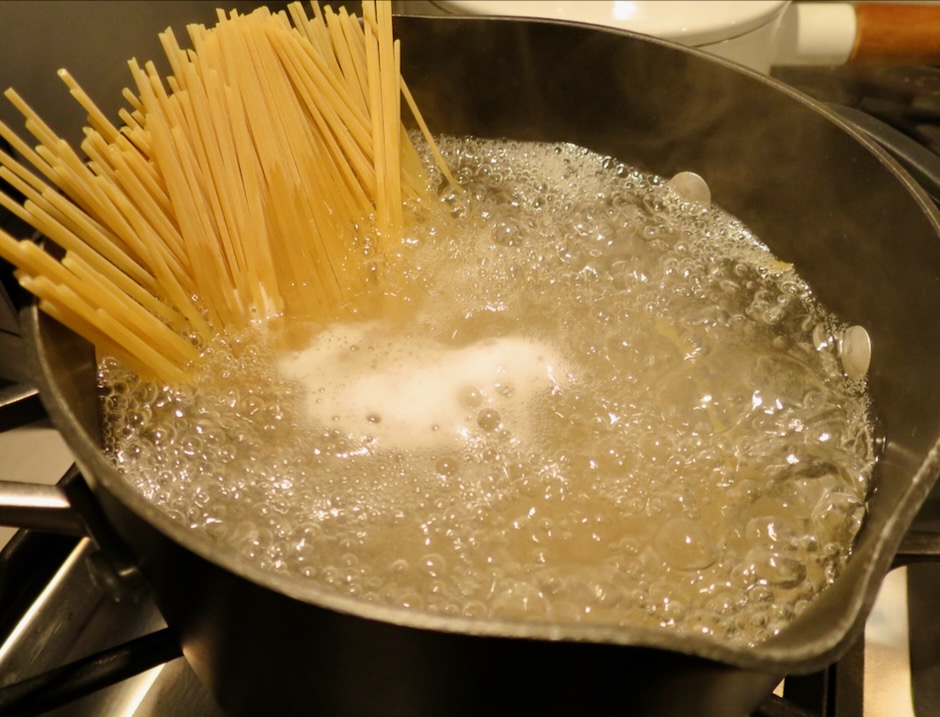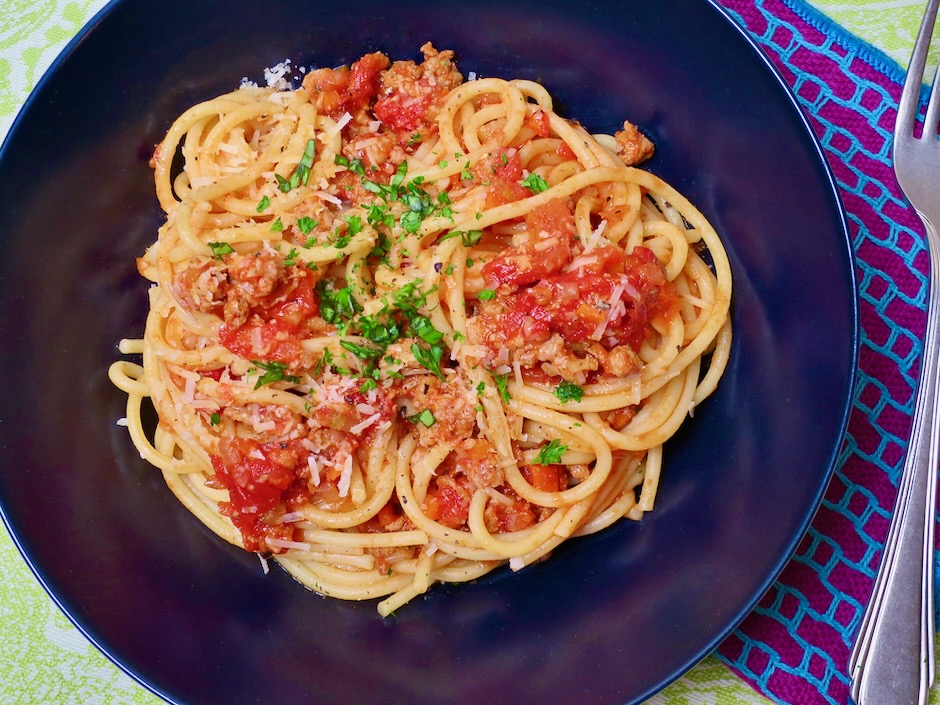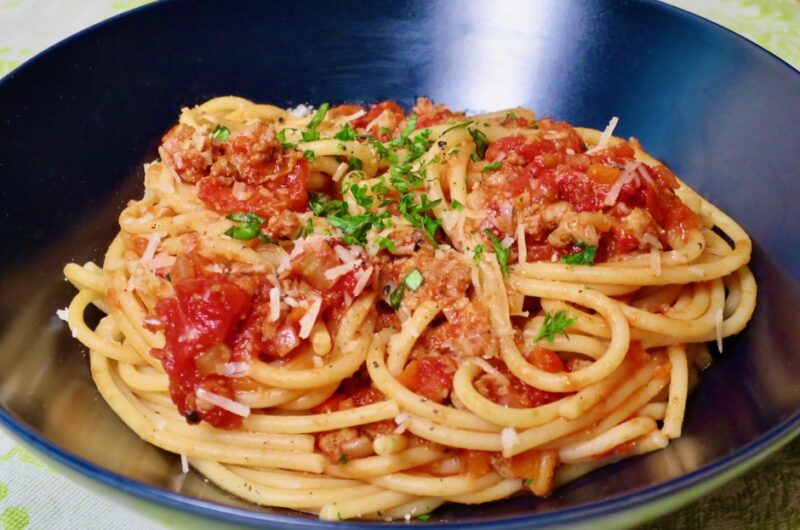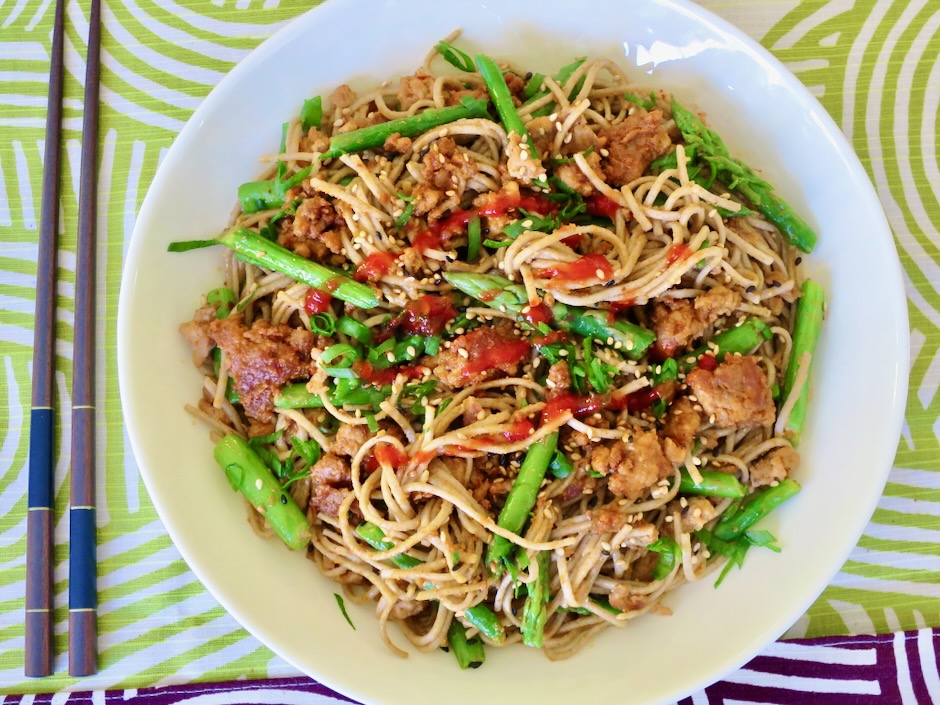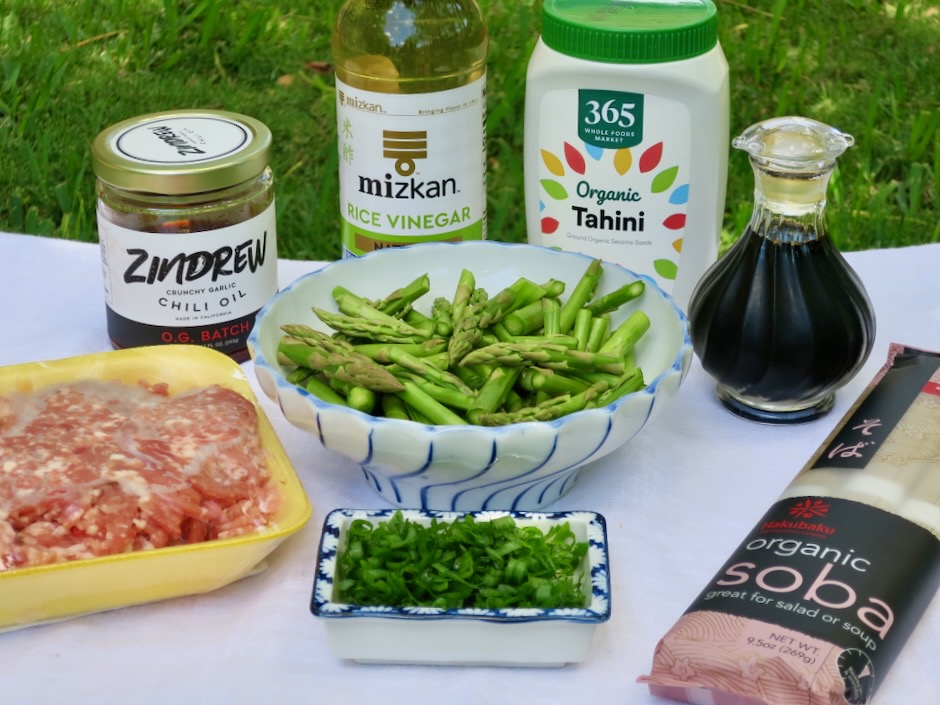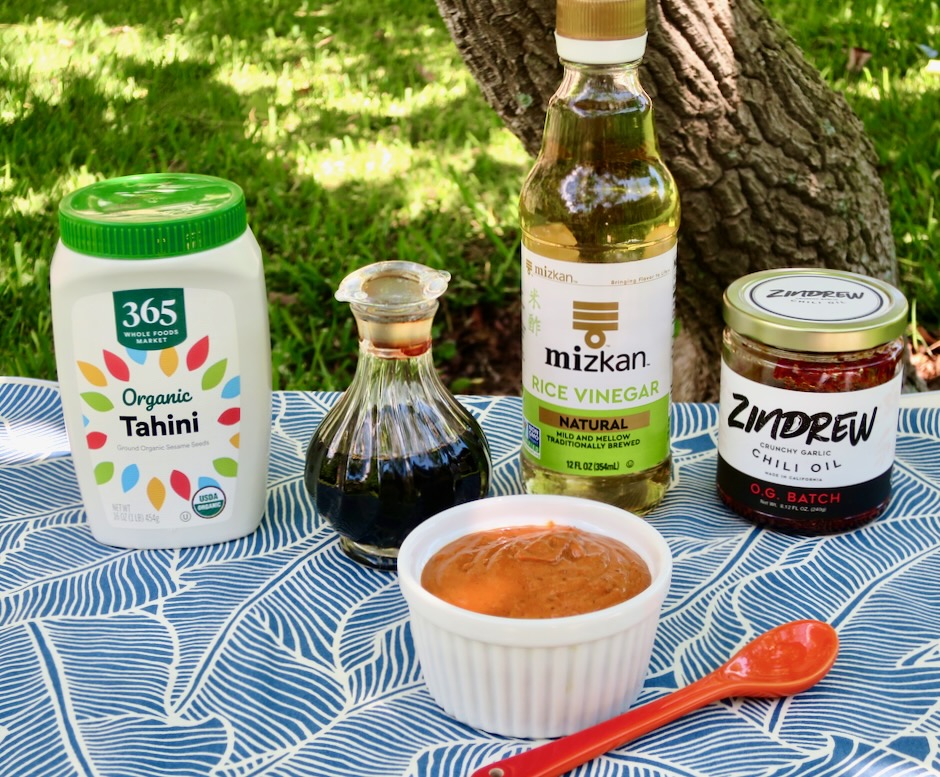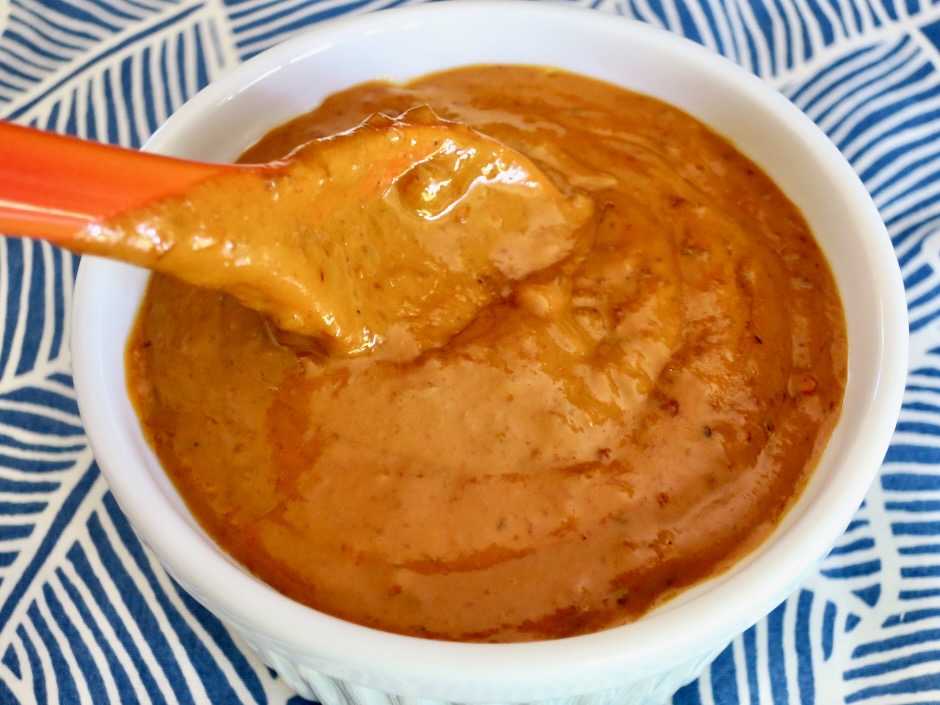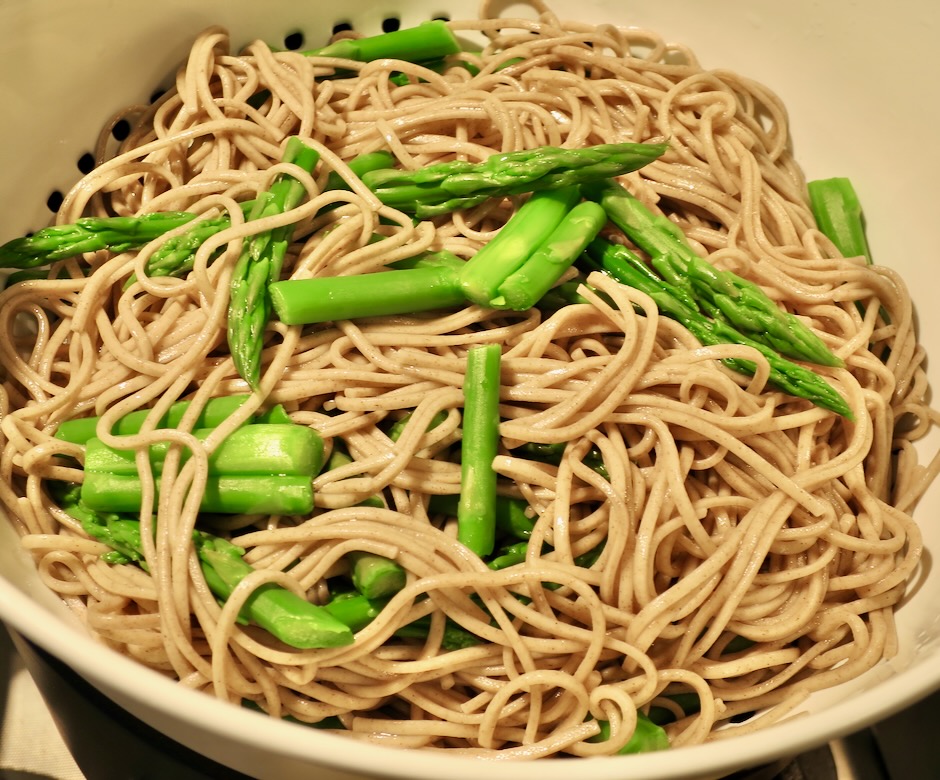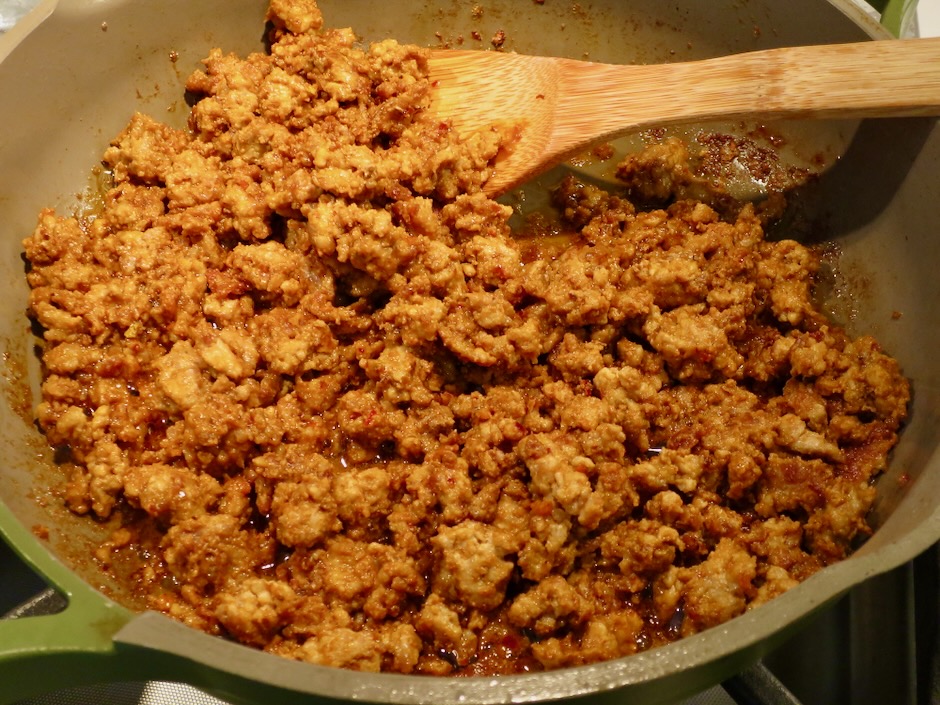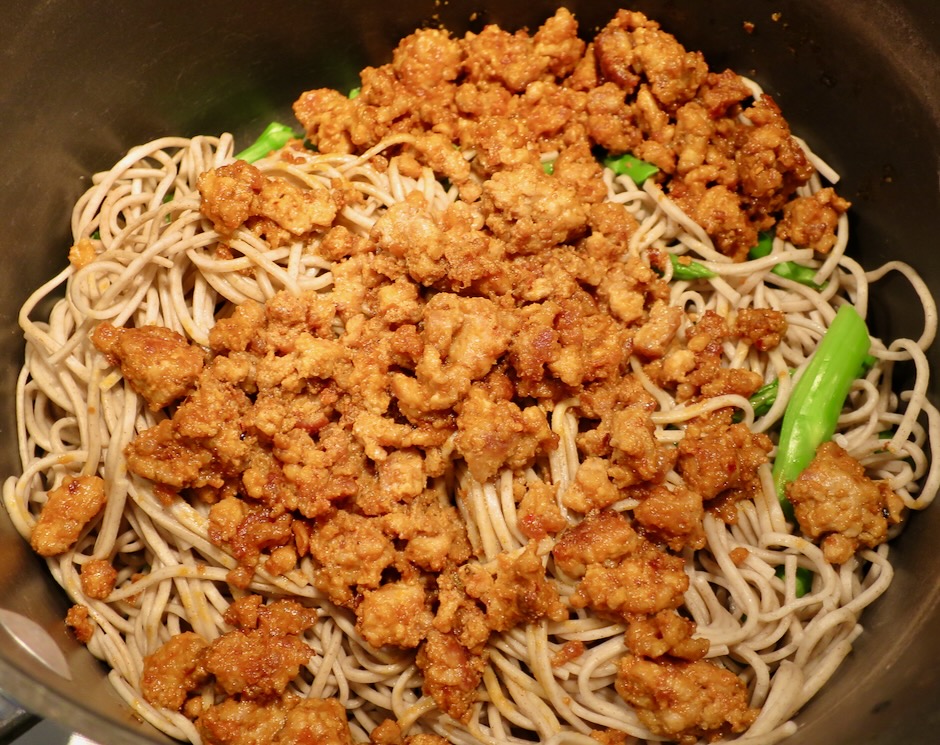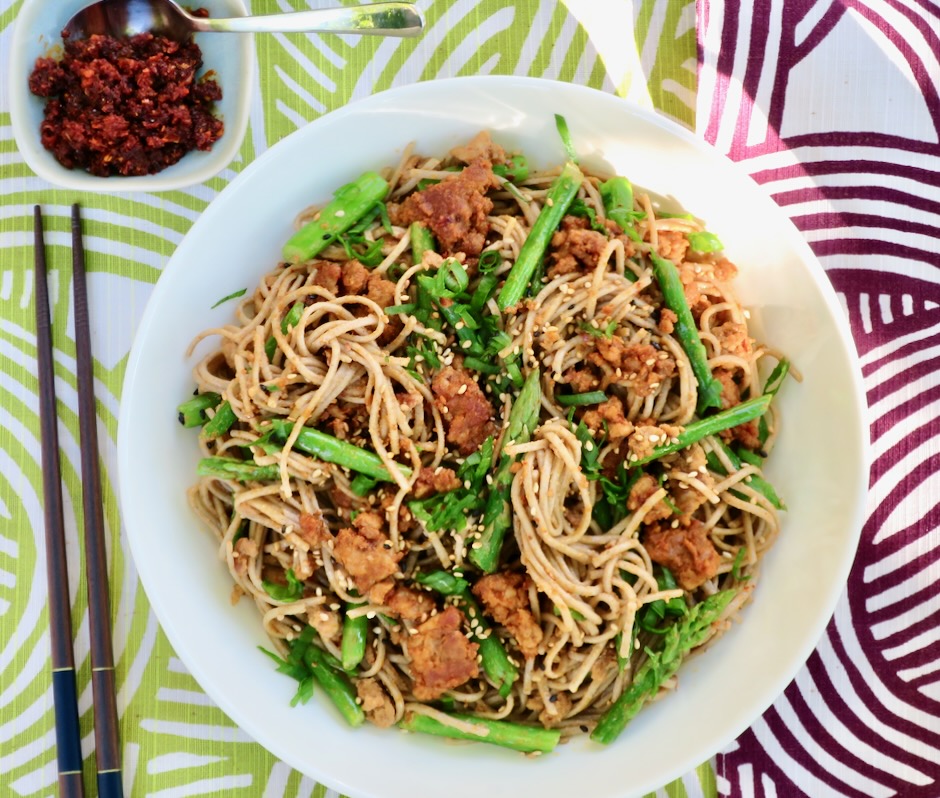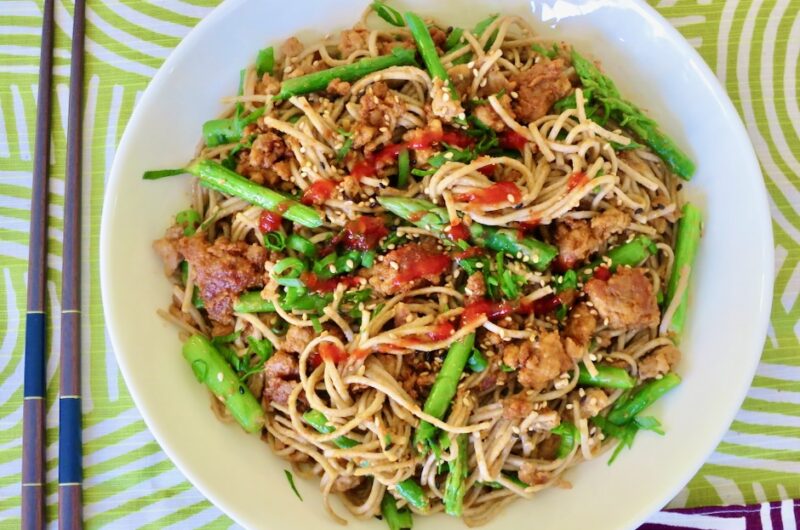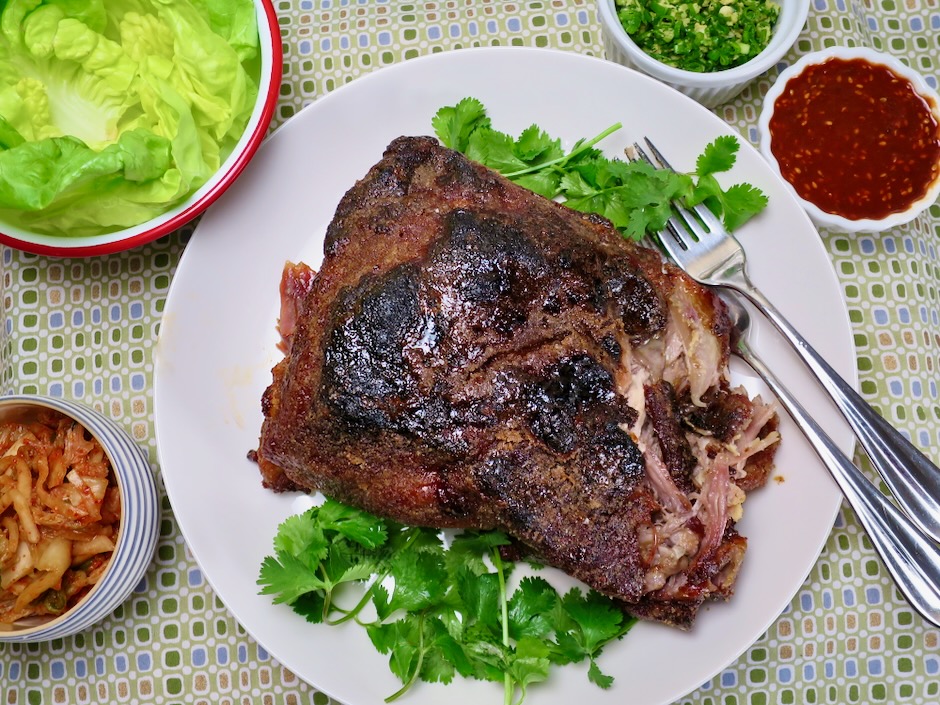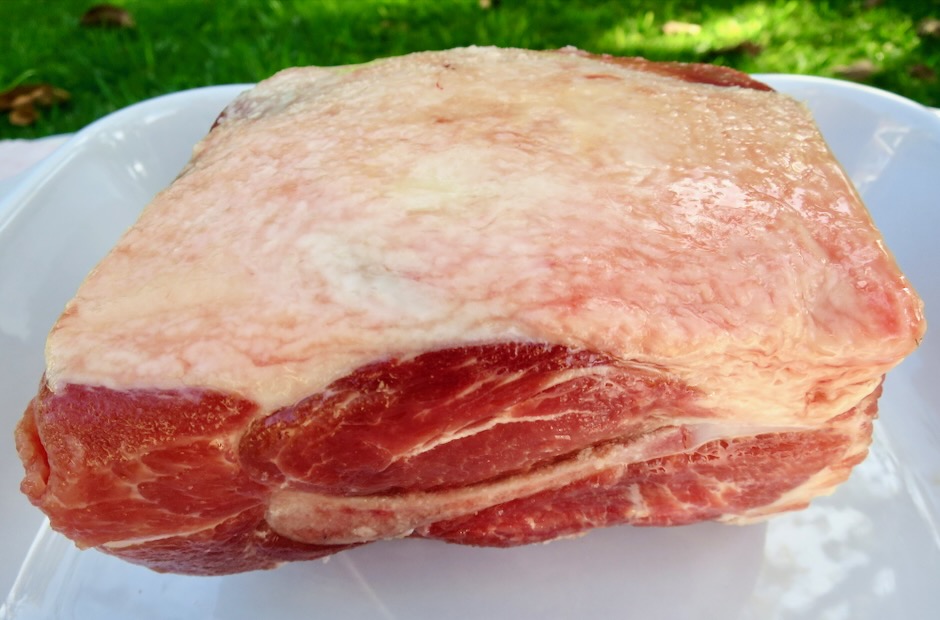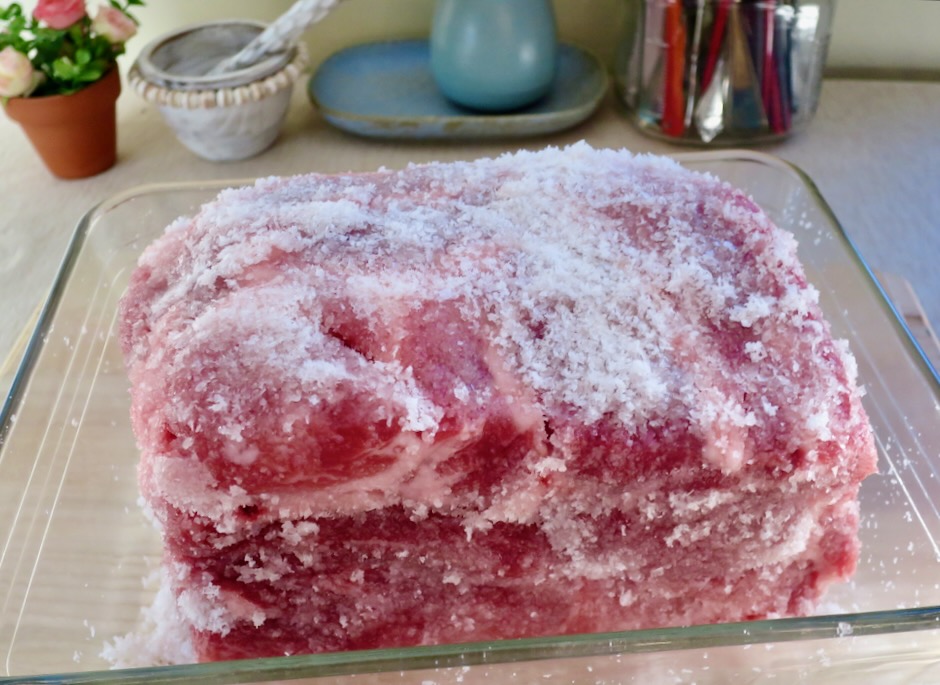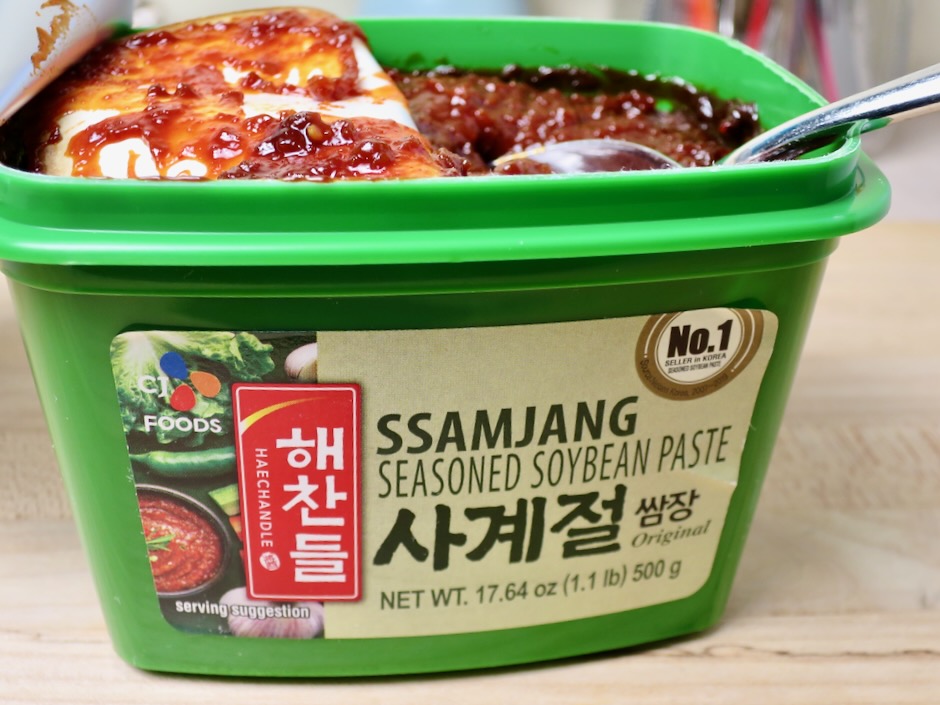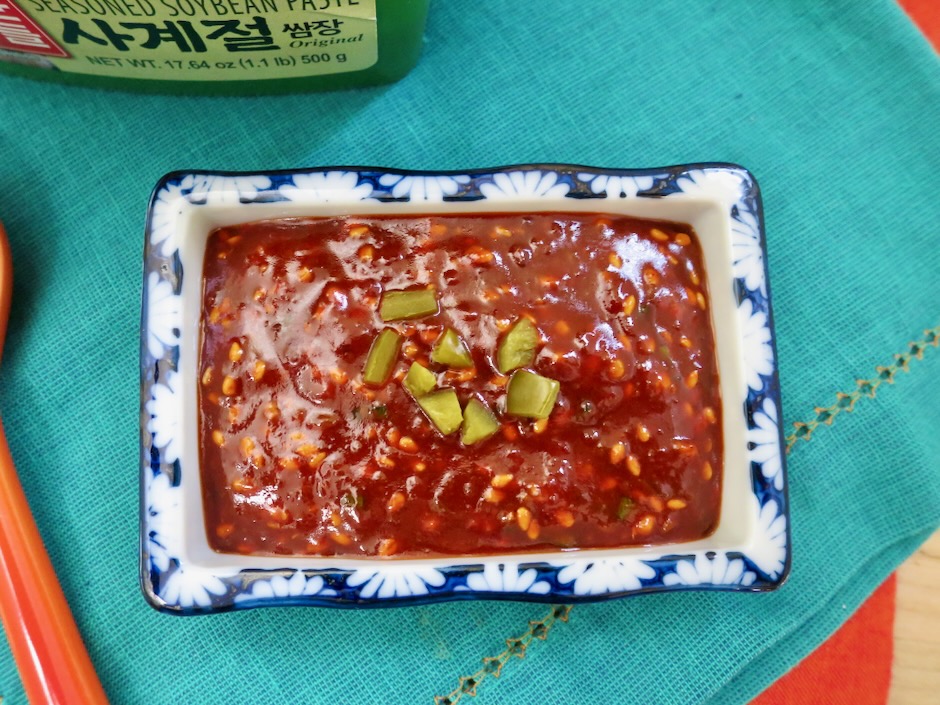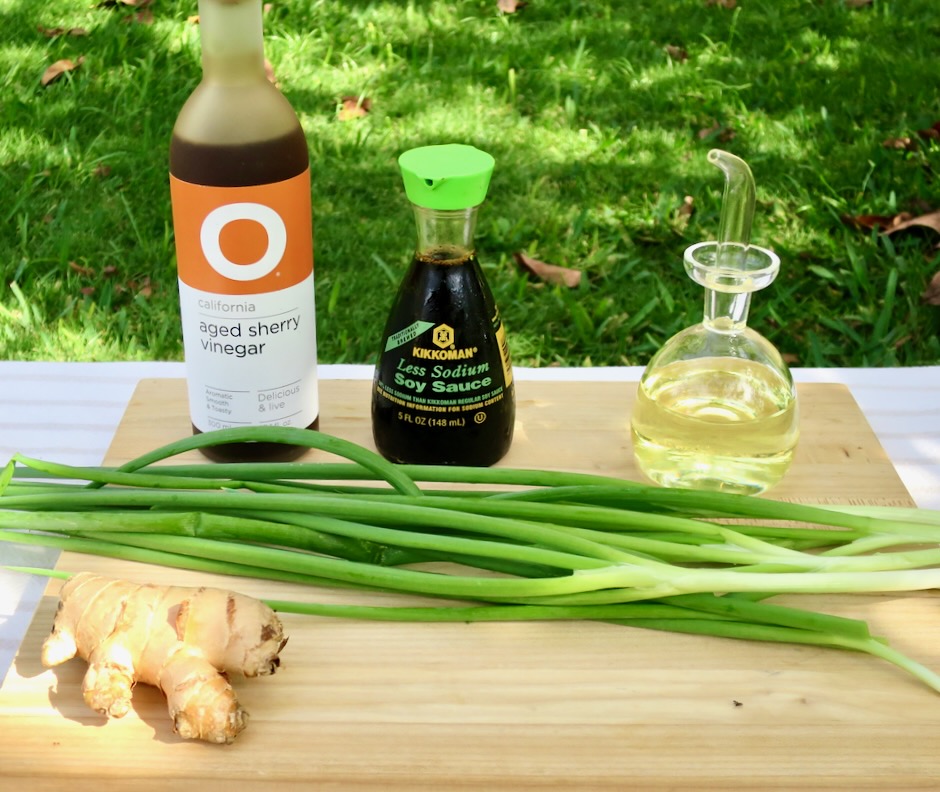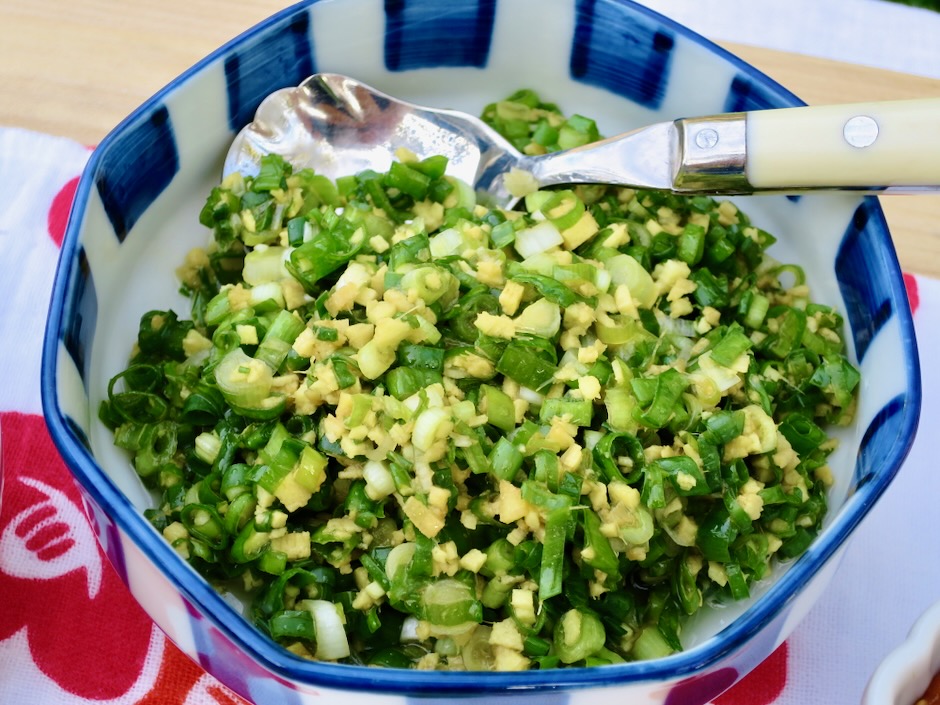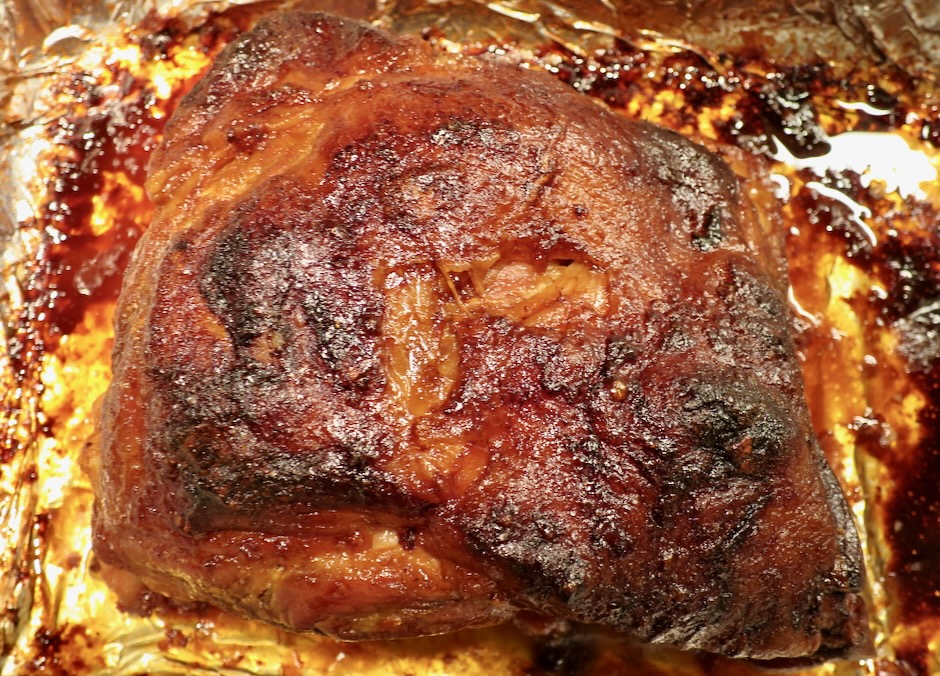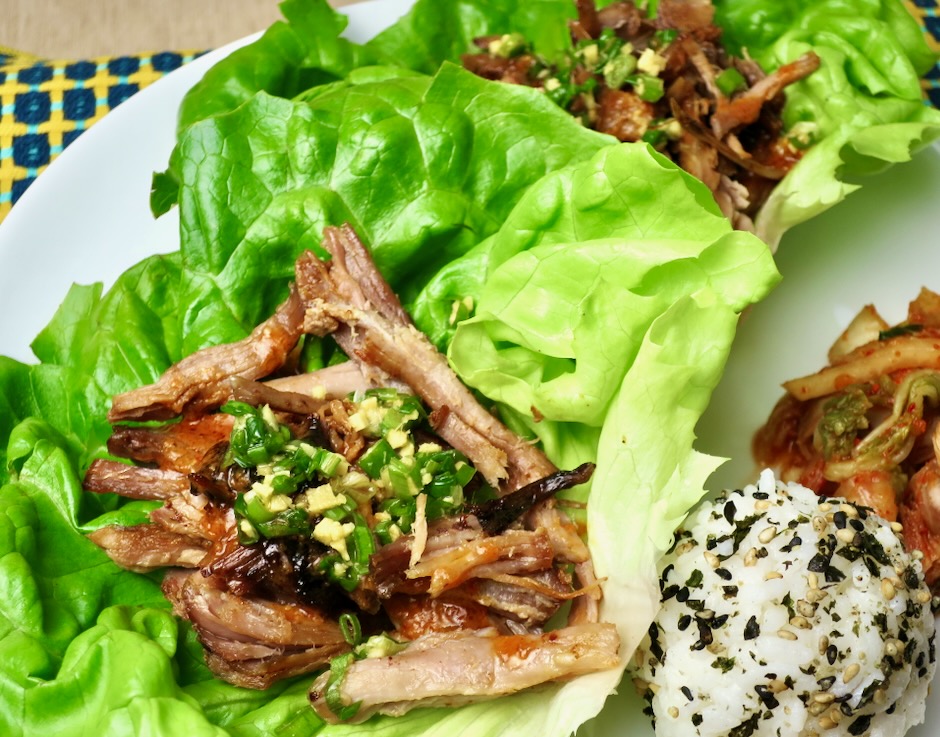
These open-faced gyozas are ingenious as well as delicious. The dumpling wraps become crispy around the edges and the filling has a superb savory flavor. They are reminiscent of mini tostadas and can be served with a drizzle of sauce or with additional toppings such as chopped kimchi, green onions and sesame seeds.

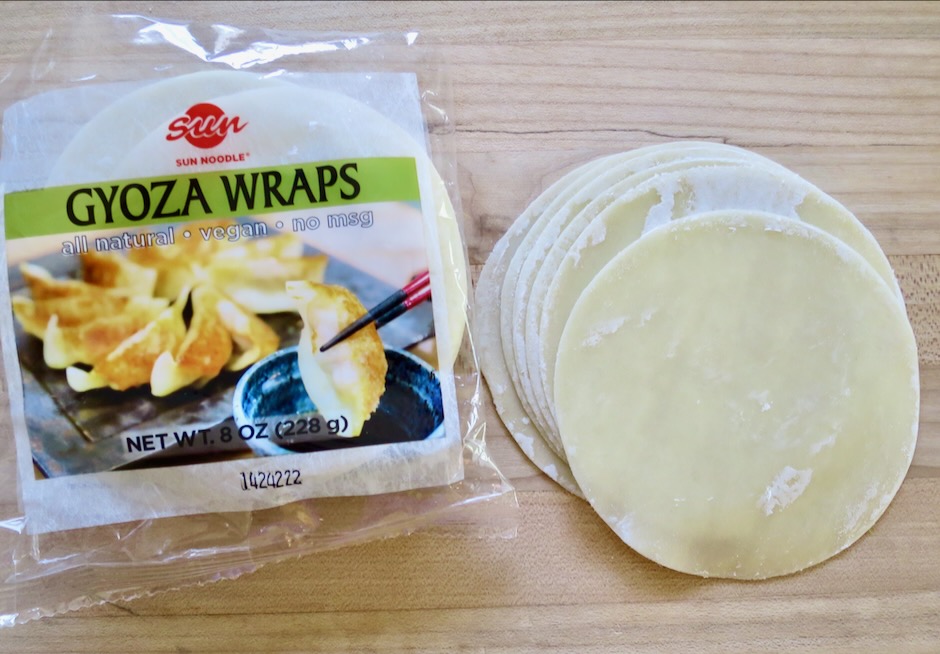
Gyoza wraps are readily available at most markets either in the frozen or chilled foods section. If you don’t use them all, freeze the leftover wraps for your next round of smash gyoza. They will keep well for several months.
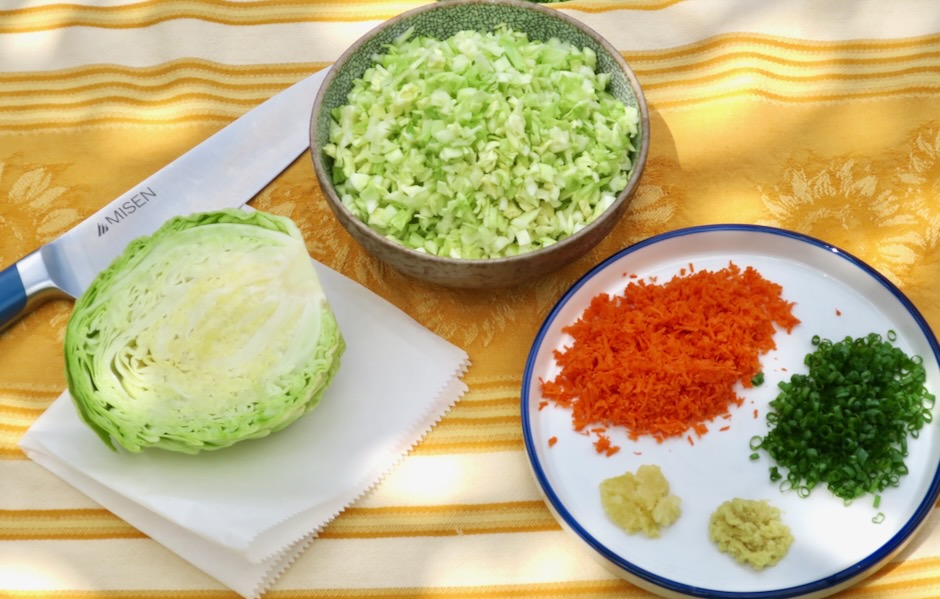
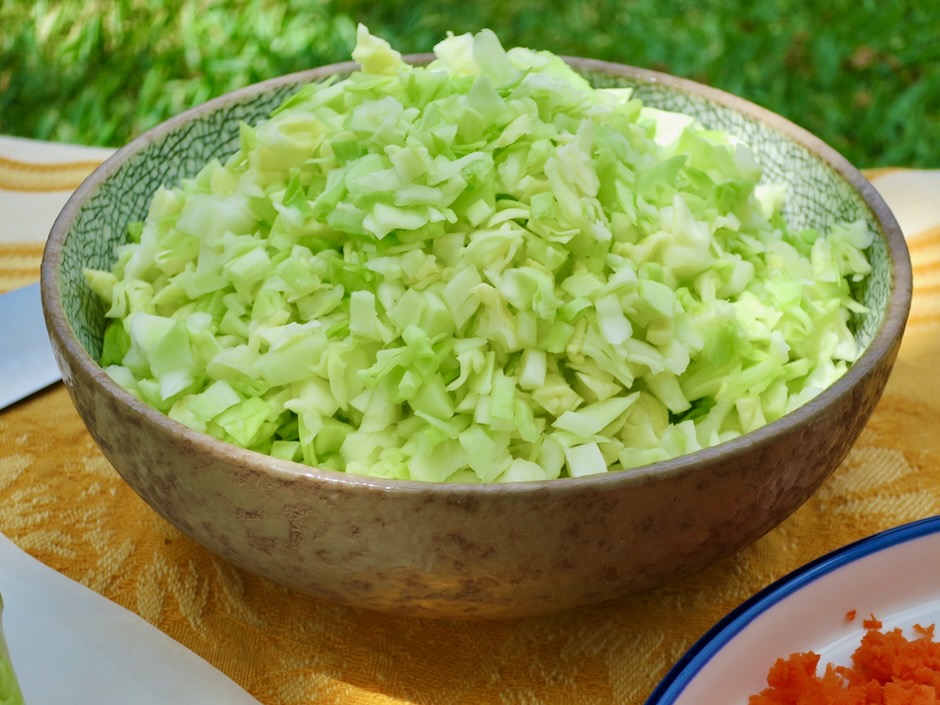
I used green cabbage in my gyoza but you can certainly used Napa cabbage. I love how green cabbage retains its crunchy texture even after being salted and drained.
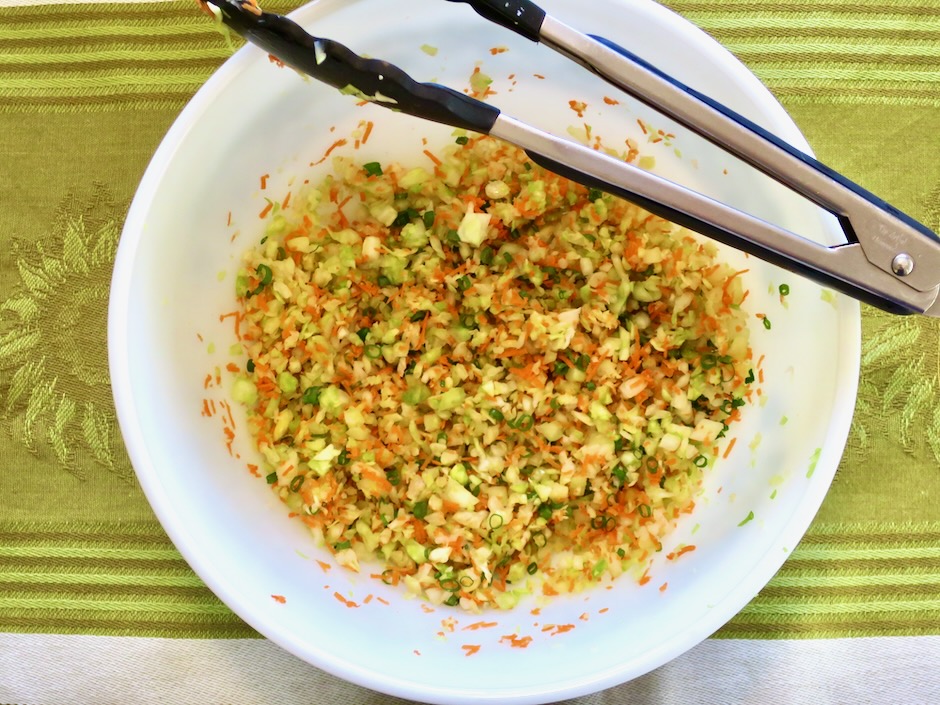
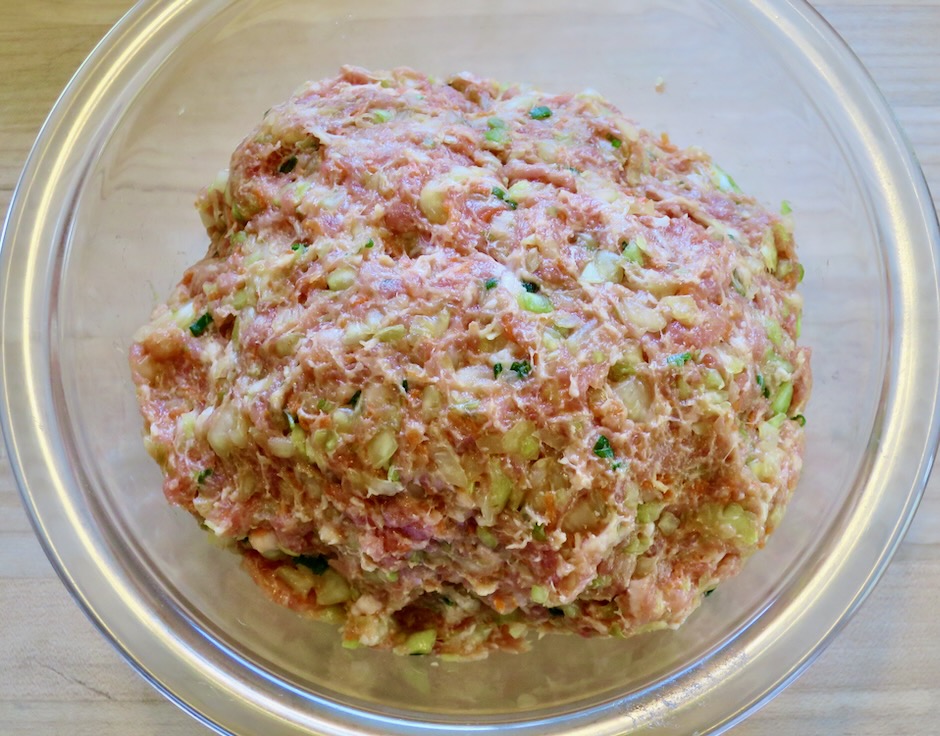
Ground pork is typically used when making gyoza. If pork is not your thing, use ground chicken (dark meat or a combination of dark and light) or pressed and crumbled extra firm tofu.
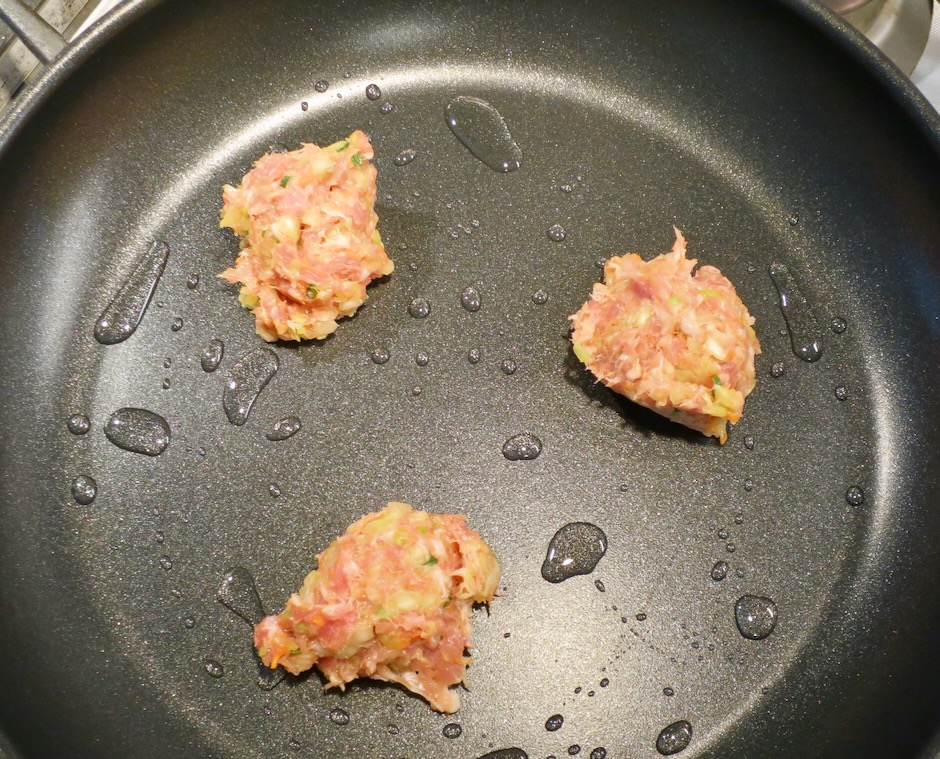
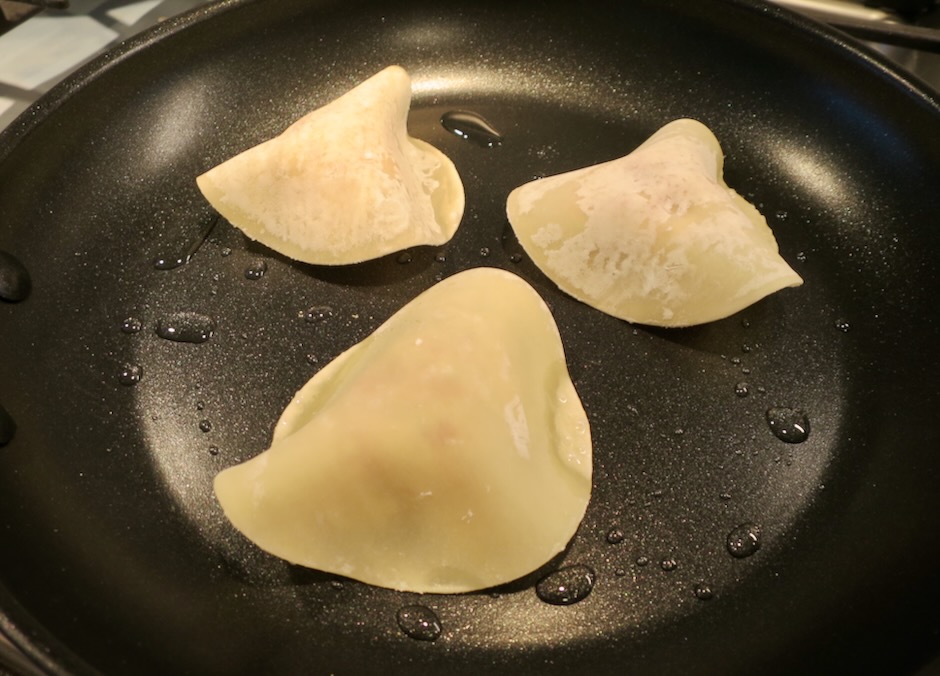
Little scoops of pork are placed in a skillet then topped with a gyoza wrapper and smashed gently with the bottom of a small bowl (I use a Pyrex bowl) or firm spatula.
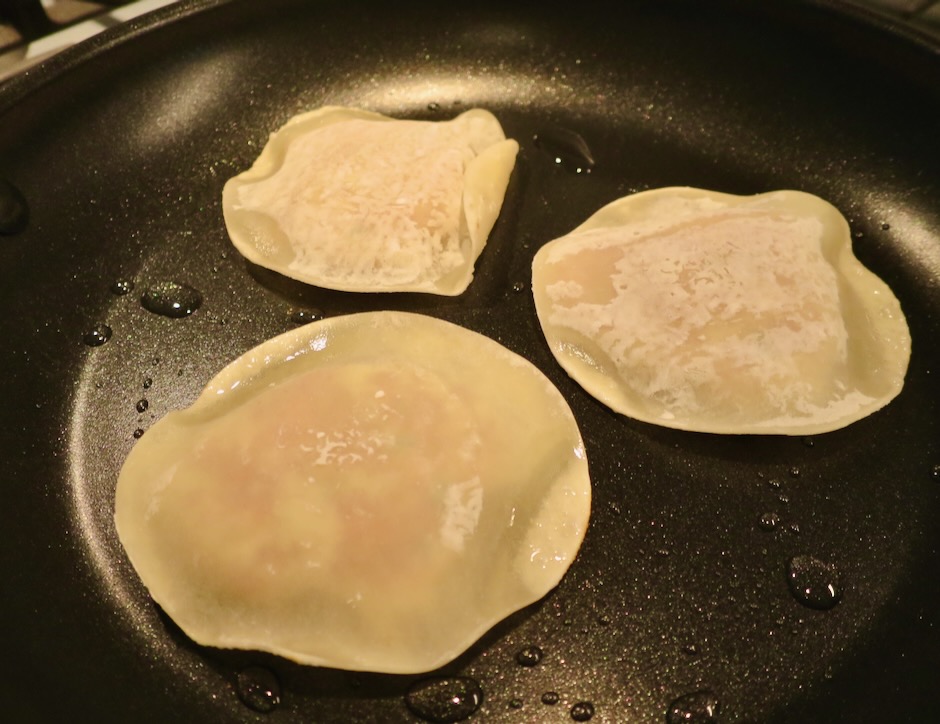

The gyoza are flipped once during the cooking time which crisps up the wrapper. I like to get a little color on the filling because it adds a lot of flavor making the gyoza extra tasty.
If you are making the gyoza as a main dish, serve it with crunchy sliced cucumbers, kimchi and onigiri (Japanese rice balls) dusted in furikake.


Smash Gyoza
4-6
servingsDelicious crispy smash gyoza makes the best appetizer or dinner!
Ingredients
1/2 pound green cabbage, finely chopped (about 2 cups) or 1 pound Napa cabbage (about 4 cups)
2 teaspoons kosher salt, divided
1/3 cup finely grated carrot, chopped into short pieces
1/4 cup green onions, finely chopped (reserve 2 teaspoons for serving)
1 teaspoon finely minced or grated garlic
1 teaspoon finely minced or grated ginger
1 pound ground pork (or substitute with ground chicken)
1 tablespoon soy sauce
1 teaspoon roasted sesame oil
1 teaspoon sugar
1/2 teaspoon pepper (white if available)
22-26 gyoza wrappers
vegetable oil for frying
Serve with: roasted sesame seeds, kimchi, onigiri, sliced cucumbers (optional)
- Dipping Sauce
2 tablespoons light soy sauce (such as Kikkoman)
2 tablespoons unseasoned rice vinegar
1/2 teaspoon sugar
1 teaspoon sriracha or chili oil (add more to increase spice level)
Directions
- Combine dipping sauce ingredients in a small bowl. Set aside until ready to use, or refrigerate if making well in advance.
- Toss finely chopped green cabbage with 1 1/2 teaspoons kosher salt. Let drain in a colander for 15 minutes. Squeeze out moisture then transfer to a clean kitchen towel and wring out additional liquid so the cabbage is quite dry.
- In a large bowl, combine cabbage with carrots, green onions, garlic, ginger and pork. Add soy sauce, sesame oil, sugar, 1/2 teaspoon pepper and reserved 1/2 teaspoon kosher salt. Knead the mixture until thoroughly combined and smooth.
- Heat 1 tablespoon of vegetable oil in a large nonstick skillet over medium heat until shimmering. Add tablespoon sized mounds of pork filling in the skillet, leaving space between each for the gyoza wrappers. Place gyoza wrapper on top of each mound of filling and gently smash (not completely flat) with the bottom of a small glass bowl (I use a Pyrex bowl) or firm spatula. Cover with a lid and cook for 2 minutes or until nicely browned and the meat is cooked through (160 degrees). Flip gyoza and cook uncovered for another minute or so, until the gyoza wrapper is a little crispy around the edges. Remove to a plate and repeat with remaining filling, adding extra oil as needed.
- To serve, sprinkle reserved green onions and roasted sesame seeds over the gyoza and drizzle with dipping sauce.


